Racing
نظرة عامة على الصناعة
الميزات الرئيسية
Not only do the racing teams themselves take Spectro Scientific instruments to races, but the companies that design, build and test racing engines also are Spectro Scientific customers. We welcome the opportunity to continue to be of service to existing customers and to assist new customers with their oil analysis instrumentation requirements.
Challenges
The biggest concern for race teams is wear debris that can damage the engine. Being able to identify the debris tells them where the particles are coming from. Most of the top teams use Optical Emission Spectrometers to analyze up to 32 metals found in the oil. Knowing what metals are present and in what concentration allows them to trend things like engine wear and oil breakdown.
Oil viscosity is also a critical component for a high speed engine. Any breakdown in viscosity could cause an engine to fail.
الاختبارات والتطبيقات النموذجية
Particle composition - it is often important to understand the elemental composition of particles in order to find out where they came from. Optical Emission Spectroscopy gives the user elemental information for up to 32 elements, from Li to Ce (varies with application).
Chemistry
Total Base Number (TBN) - TBN measures the amount of active additive left in a sample of oil. The TBN is useful for people who want to extend their oil usage far beyond the normal range. The TBN of a used oil can aid the user in determining how much reserve additive the oil has left to neutralize acids. The lower the TBN reading, the less active additive the oil has left.
Viscosity - The main function of lubrication oil is to create and maintain a lubrication film between two moving metal surfaces. Insuring the viscosity is within recommended ranges is one of the most important tests one can run on lube oil.
Oxidation, Nitration, Sulfation - Lubricating oil at elevated temperatures can react with oxygen and nitrogen in the atmosphere, as well as sulfur in fuel, to form undesirable by-products that can affect the oil's viscosity and lead to corrosion or damage of equipment.
Contamination
Glycol - Glycol is found in engine coolant. If glycol is found in engine oil it typically indicates there is a leak in the engine that allows coolant into the oil system. Glycol reduces the oil's protective properties and can cause catastrophic damage to the engine components.
موارد الصناعة
لا تتوفر موارد
نقوم حالياً بتحديث مكتبة الموارد لهذه الصناعة. عد قريباً أو اتصل بنا لطلب وثائق محددة.
طلب الوثائقالمنتجات الداعمة
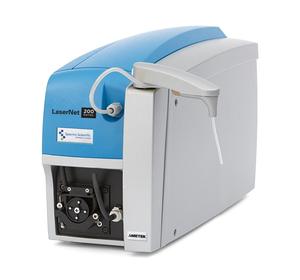 Oil Analysis
Oil Analysis
سلسلة ليزر نت 200
سلسلة LaserNet 200 هي نظام متقدم آلي لتحليل الجسيمات مصمم لا�...
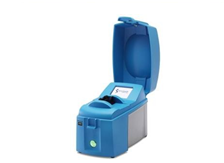 Oil Analysis
Oil Analysis
ميني فيسك 3000
MiniVisc 3000 هو مقياس لزوجة حركية محمول ثوري يوفر قياسات لزو...
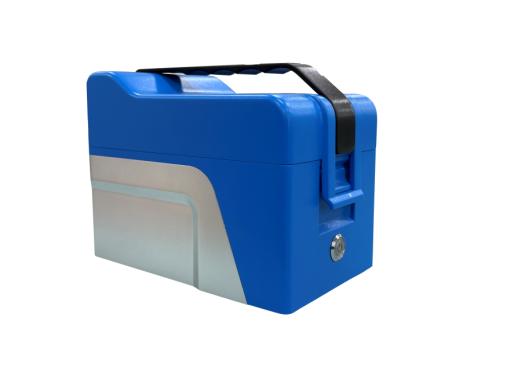 Oil Analysis
Oil Analysis
اللزوجة الحركية المحمولة VS800
مقياس اللزوجة الحركية المحمول VS800 هو أداة دقيقة متعددة ...
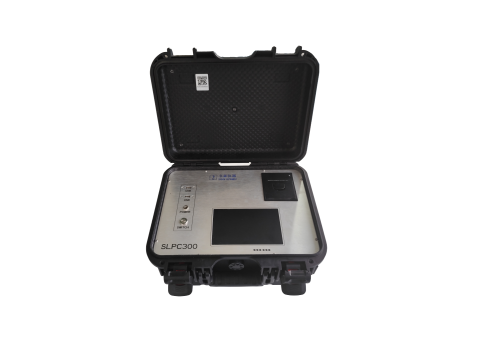 Oil Analysis
Oil Analysis
عداد جسيمات الزيت المحمول SLPC300
جهاز SLPC300 هو عداد جسيمات زيت محمول يستخدم مبدأ حجب الضو�...
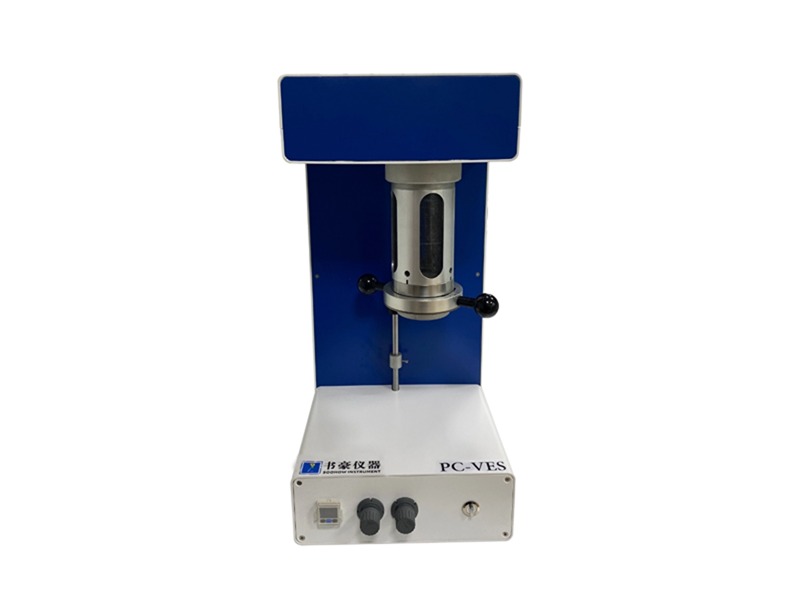 Oil Analysis
Oil Analysis
جهاز أخذ عينات الضغط الموجب والسالب PC‑VES
جهاز أخذ عينات الزيت المحمول PC‑VES مصمم للسوائل عالية ا�...
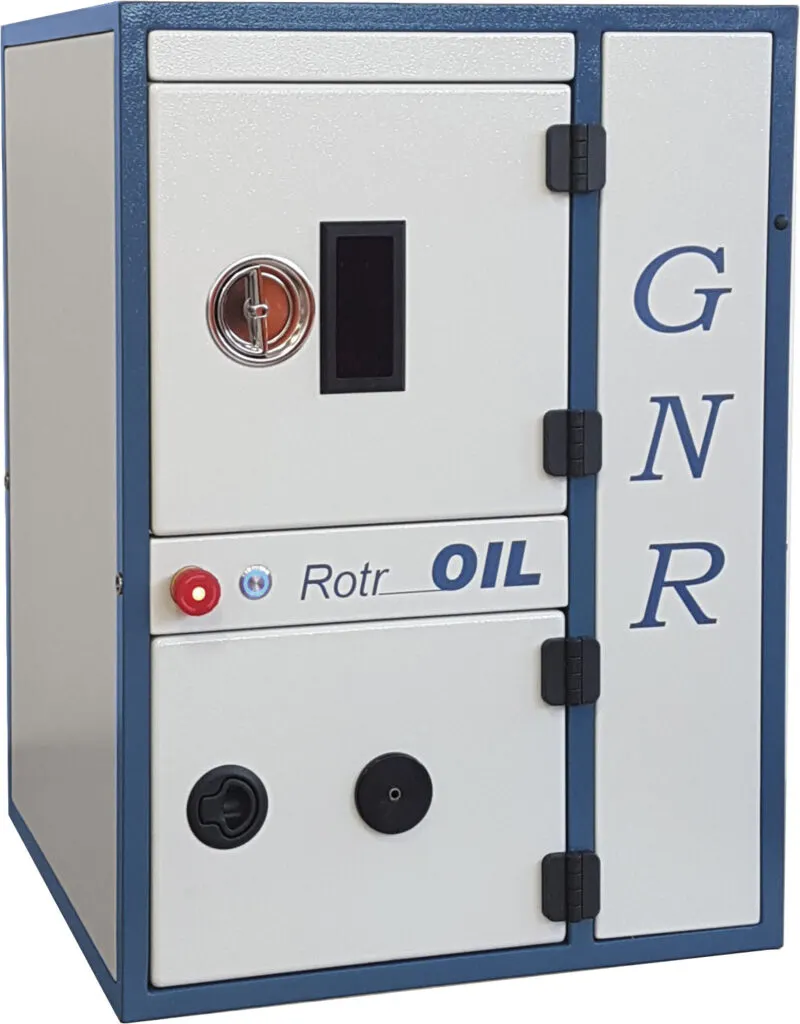 Oil Analysis
Oil Analysis
روتر أويل
جهاز RotrOil هو أحدث جيل من مطيافات الانبعاث البصري بقطب د�...
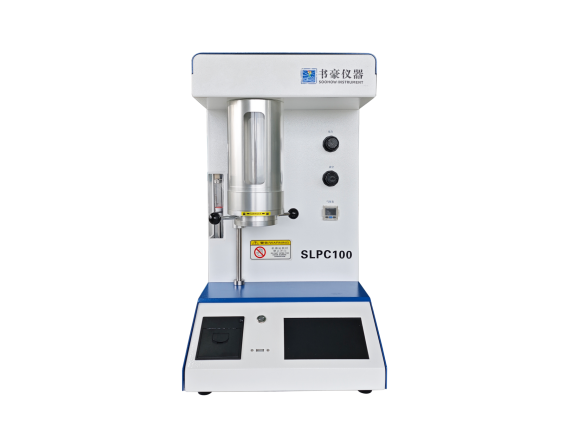 Oil Analysis
Oil Analysis
عداد جسيمات الزيت المكتبي SLPC100
جهاز SLPC100 هو عداد جسيمات زيت مكتبي يستخدم طريقة العد ال�...
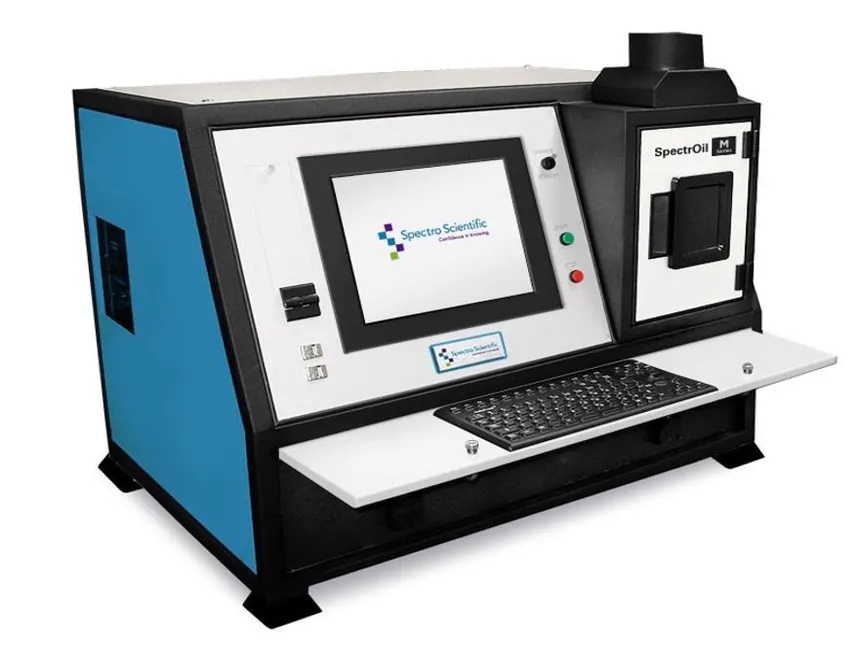 Oil Analysis
Oil Analysis
سلسلة سبكترو أويل M
سلسلة SpectrOil M هي مطياف انبعاث بصري بقطب دوار (RDE‑OES) مدمج�...
مستعد للعثور على الحل المناسب؟
يمكن لفريقنا مساعدتك في اختيار المنتجات المثالية لتطبيقات Racing التطبيقات